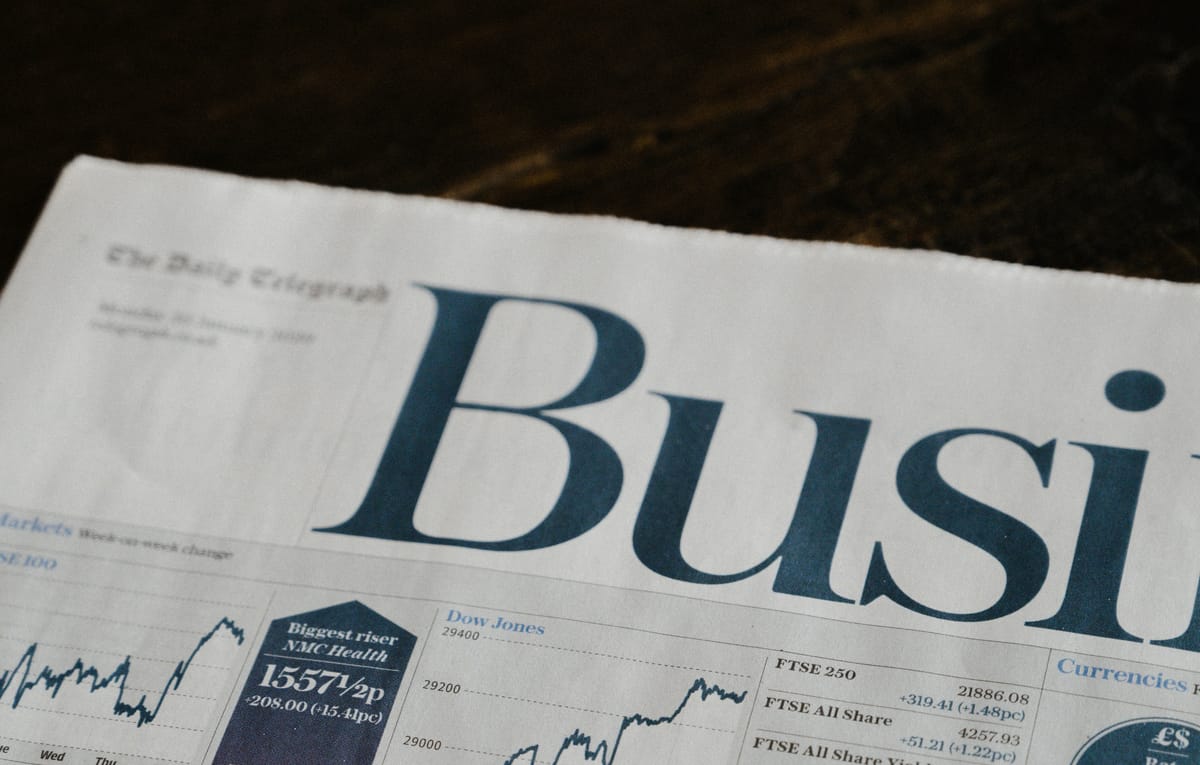Maximizing Investment Success by Emulating Legal Insider Buys: A Comprehensive Evaluation
How Monitoring Insider Buys Can Reveal Valuable Investment Opportunities and How to Do It Yourself for Free

Insider trading often evokes concerns about unethical or illegal practices, but legal insider trading—when executives, directors, or major shareholders buy shares of their own company and report these transactions to the SEC—can be an invaluable source of information for retail investors. By understanding and emulating these transactions, investors can identify potentially lucrative opportunities and enhance their investment strategies.
In this report, we will explore the mechanics of legal insider trading, evaluate its potential as an investment tool, discuss available methods and tools for monitoring insider activity, and provide a reasoned assessment of its usefulness in practice.
Disclaimer: None of the above should be considered financial advice. Always consult a licensed financial advisor before making investment decisions.
Understanding Legal Insider Buys
What Are Insider Buys?
Insider buys occur when corporate executives or directors purchase shares in their own company. These transactions must be disclosed via SEC filings (Forms 3, 4, and 5) within a specific timeframe. Unlike illegal insider trading, these transactions are entirely lawful and provide transparency to the market.
Why Monitor Insider Buys?
- Access to Non-Public Information: Insiders typically have deeper insights into their company’s performance, future plans, and market conditions.
- Signal of Confidence: When insiders buy shares with their own money, it often indicates they believe the stock is undervalued or that positive developments are forthcoming.
Legal insider buys, especially when analyzed correctly, can serve as a leading indicator of potential stock appreciation.
Key Indicators of Valuable Insider Buys

- Cluster Buys
- Multiple insiders purchasing shares within a short timeframe.
- Signals collective confidence in the company’s future.
- Often more reliable than single purchases, as they suggest a broader positive outlook among management.
- High-Value Purchases
- Large transactions involving substantial portions of an insider’s net worth.
- Indicates a significant level of trust in the company’s growth potential.
- First-Time Buyers
- When insiders purchase shares for the first time, it can be a strong bullish signal.
- Particularly impactful when part of a cluster of purchases.
- Repetitive Buying
- Consistent purchasing over time reflects ongoing confidence in the company’s prospects.
- Particularly useful for identifying long-term investment opportunities.
- Alignment with Company Events
- Insider purchases before earnings reports, product launches, or other significant announcements can indicate positive expectations.
How to Monitor and Emulate Insider Buys
1. Analyze SEC Filings (Manual Approach)
The SEC’s EDGAR database provides direct access to insider trading forms:
- Form 3: Initial ownership reports.
- Form 4: Reports of changes in ownership.
- Form 5: Annual summaries of insider transactions.
Focus on:
- Transaction Dates: Are purchases aligned with significant events?
- Insider Roles: Executives and directors may have the most relevant insights.
- Quantity Purchased: Larger transactions often carry more weight.
2. Use Tools for Aggregation (Simplified Approach)
Several tools aggregate insider trading data for ease of use:

- OpenInsider.com: A free resource for tracking insider purchases.
- Yahoo Finance and Seeking Alpha: Offer aggregated data with additional context, such as company performance metrics.
- Finviz and MarketBeat: Provide user-friendly dashboards for analyzing insider activity.
These tools eliminate the need for manual filing reviews and provide intuitive insights at a glance.
3. Evaluate the Context
- Market Conditions: Insider buys during market downturns can indicate undervaluation.
- Company Events: Consider whether purchases are tied to earnings, mergers, or product launches.
- Sector Performance: Assess whether the industry as a whole is experiencing growth or challenges.
4. Integrate with Other Analyses
- Fundamental Analysis: Evaluate the company’s financial health (e.g., revenue, profit margins, debt levels).
- Due Diligence: Understand the company’s business model, competitive position, and long-term growth potential.
Advantages and Limitations of Emulating Insider Buys
Advantages
- Transparency: Insider trades are disclosed publicly, providing clear, actionable data.
- Alignment with Insiders: Investing alongside corporate executives who have intimate knowledge of the company’s operations.
- Leading Indicator: Insider purchases often precede stock price increases.
Limitations
- Insufficient Context: Insiders may purchase shares for personal reasons unrelated to company performance.
- Risk of Misinterpretation: Large transactions may not always indicate confidence (e.g., compliance with stock ownership policies).
- Not a Standalone Strategy: Insider trading data should complement, not replace, comprehensive investment analyses.
Cost-Benefit Analysis: Is It Worth Monitoring Insider Buys?
Cost
- Minimal monetary cost if using free tools like OpenInsider.com.
- Time investment required for deeper manual analyses.
Benefit
- Provides unique insights into a company’s performance and potential.
- Increases the probability of identifying undervalued stocks.
Conclusion
For retail investors seeking an edge in stock selection, monitoring insider buys offers a high-value, low-cost opportunity. However, to maximize returns, insider buying data should be used as part of a broader investment strategy that includes fundamental analysis, market research, and portfolio diversification.
Conclusion and Recommendations
Key Takeaways
- Insider purchases are a transparent and accessible indicator of company confidence.
- Tools like OpenInsider.com and Finviz simplify the process of tracking insider activity.
- Combine insider trading data with fundamental and technical analyses for a well-rounded strategy.
Should You Emulate Insider Buys?
Yes, but with caution. Insider buys can provide a powerful lens for evaluating potential investments, especially when combined with due diligence. While not a standalone solution, they can enhance decision-making and improve investment outcomes for those willing to invest the time to analyze the data.
Disclaimer: None of the above should be considered financial advice. Always consult a licensed financial advisor before making investment decisions.



